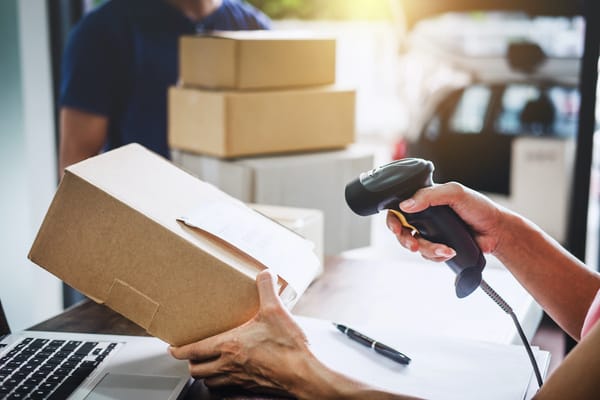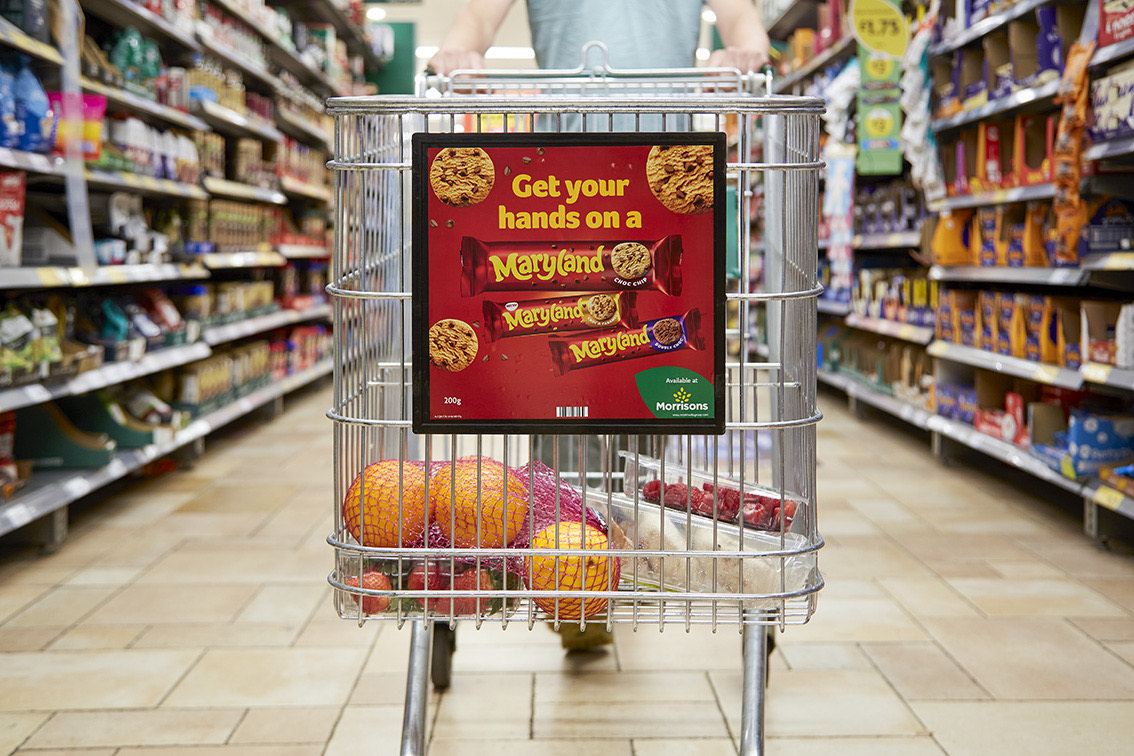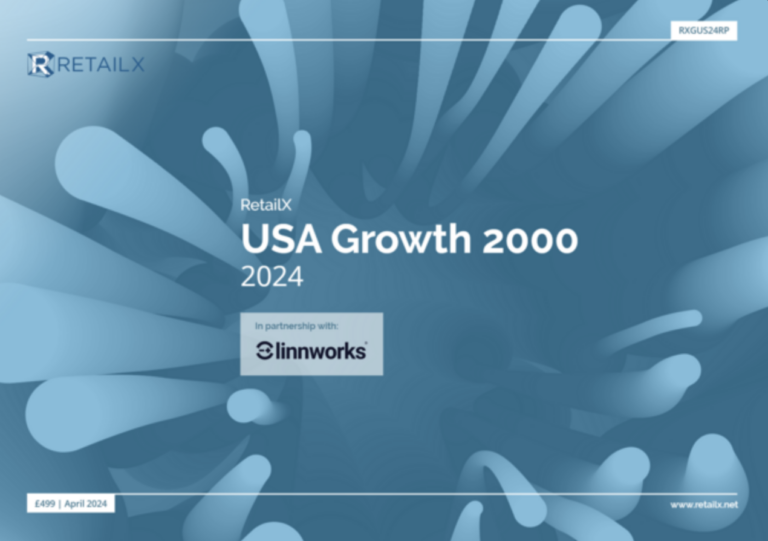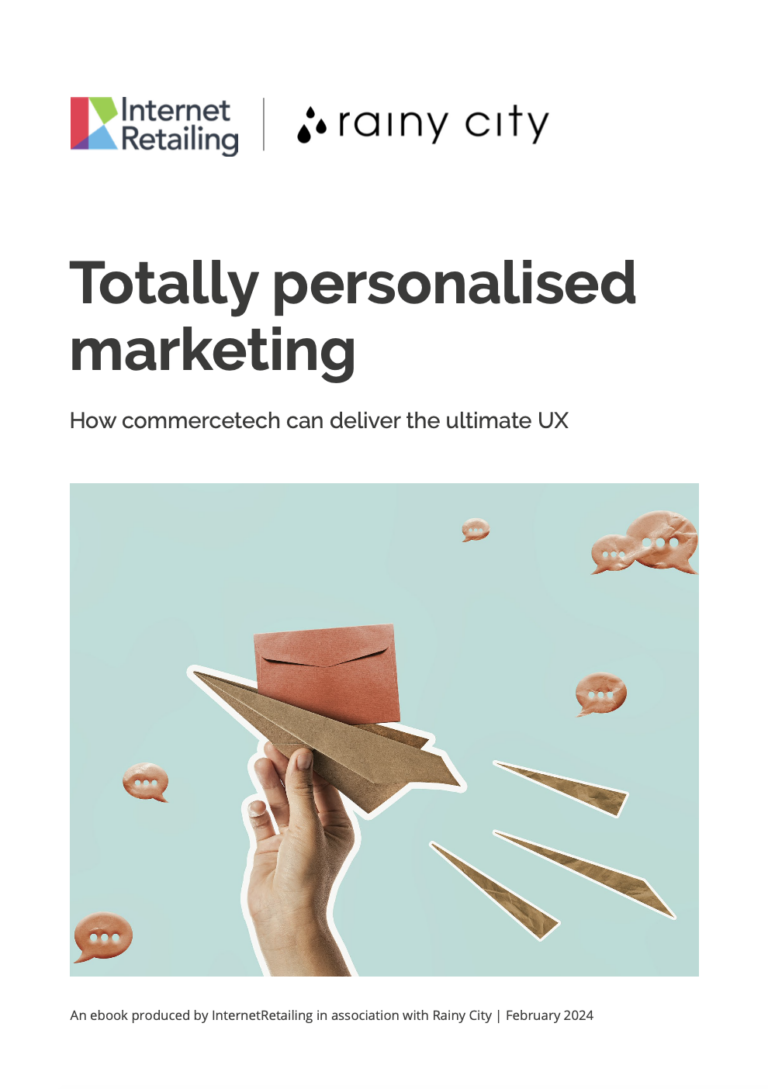Ciaran Bollard, CEO of Kooomo and Simone De Ruosi, General Manager at ZeroGrey share their top tips for retailers looking to better manage their logistics when it comes to Direct to Consumer eCommerce
Direct to Consumer (D2C) eCommerce has exploded onto the retail scene over the past few years, further accelerated by the pandemic. As with any business or retailer, growth can be extremely rapid, but eventually a glass ceiling must be shattered in order to get to the next stage of the lifecycle.
Similar to switching from wholesale to D2C eCommerce, the pain points lie within the supply chain, including warehousing, distribution centres, order management and delivery. So, where should aspiring D2C retailers start when it comes to better managing logistics?
- When a retailer decides they want to become a D2C brand, what are the biggest obstacles in terms of logistics?
The biggest challenge for retailers to overcome is efficiency. To meet the ever-changing needs of customers, retailers need to provide quick and reliable operations. Inventory management of Business to Business (B2B) completely differs from that of D2C. B2B logistics deals with pallets, standards and larger orders to fewer customers, whereas D2C manages single item orders, personalised orders and potentially infinite customers. The warehouse has to change, resembling something closer to a supermarket than a B2B warehouse. That being said, D2C has easier pick up compared to B2B, and the packing operations are often done manually because orders are unstandardised and a lot of marketing materials are used (gift cards, gifts, stickers, branded packaging, etc).
- Are there any projects you have worked on where you have identified this problem and how did you overcome it?
In ZeroGrey, the team provides continuity to our clients and we can help throughout the whole value chain, logistics included. They give us the eCommerce stock and rely on us to provide the best experience to final customers. We can also help them improve their internal processes. The same can be said for Kooomo. Together, we have 200+ integrated partners – 3PLs included – so we can combine our expertise if needed. By partnering with a 3PL, D2C brands can also offer Amazon-like logistics by tapping into capabilities such as fast shipping, deliveries and fulfilment automation to quickly scale.
- Let’s talk automation – how best can aspiring D2C brands deploy this to assist with the transition?
Automation and software tend not to be too costly, so they must be considered. Having an eCommerce platform that instantly transforms orders into warehouse movements is critical and definitely affordable for SMEs. However, when we talk about areas such as warehouse architecture, pick/pack lines or sorters, investments are often of 6-7 digits so they should be justified by business volumes.
- If a brand is not used to offering individualised deliveries and packaging, how can they prepare?
Any successful express courier should have a department studying eCommerce customers and defining new products. A brand should create a strong partnership with this department and prioritise the best service for its individual clients. Regarding the packaging, it should be considered part of a marketing strategy, rather than just a simple operation. In fact, through packaging, retailers can deliver the product together with the brand identity and specific communications. The marketing department must therefore be involved in top-line decisions and create personalised packaging for the consumer.
Switching to D2C might seem daunting, but once a business is in a position to overcome these pain points, they stand to gain greater control and consistency of the overall brand. Managing and maintaining these two factors will also prove vital as retailers increasingly look to overcome lockdowns and restrictions.










